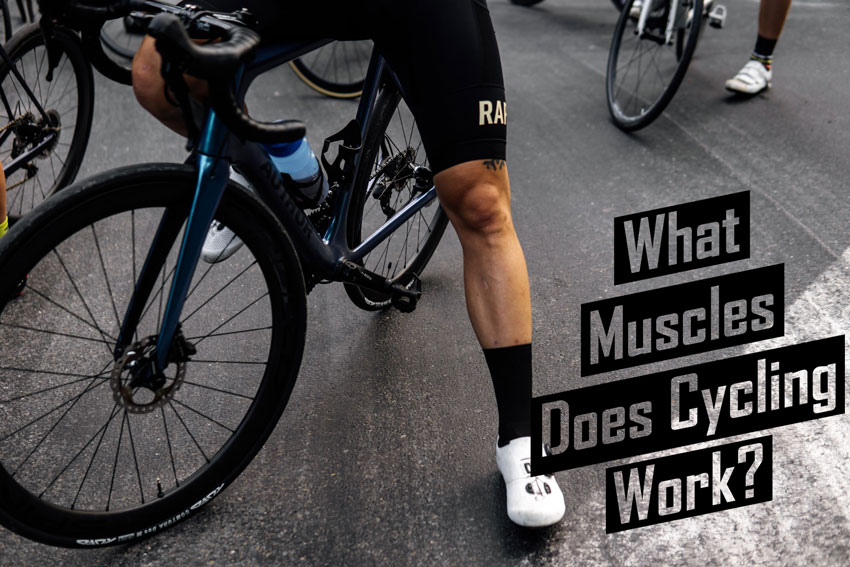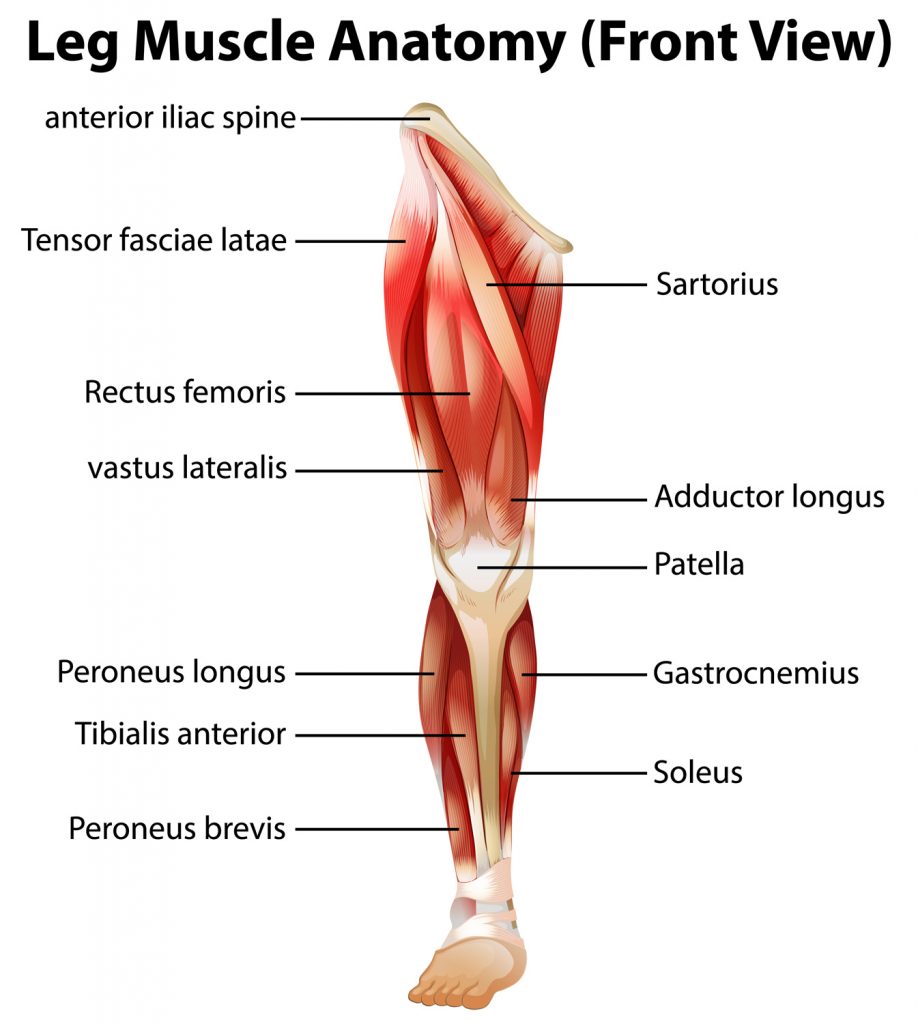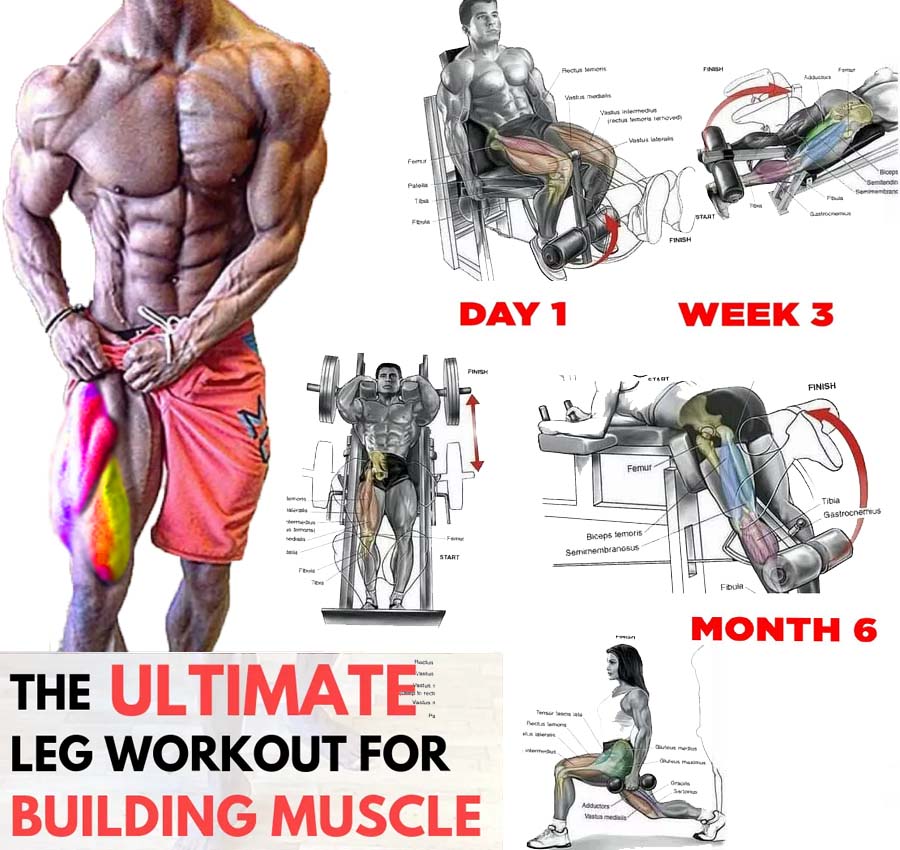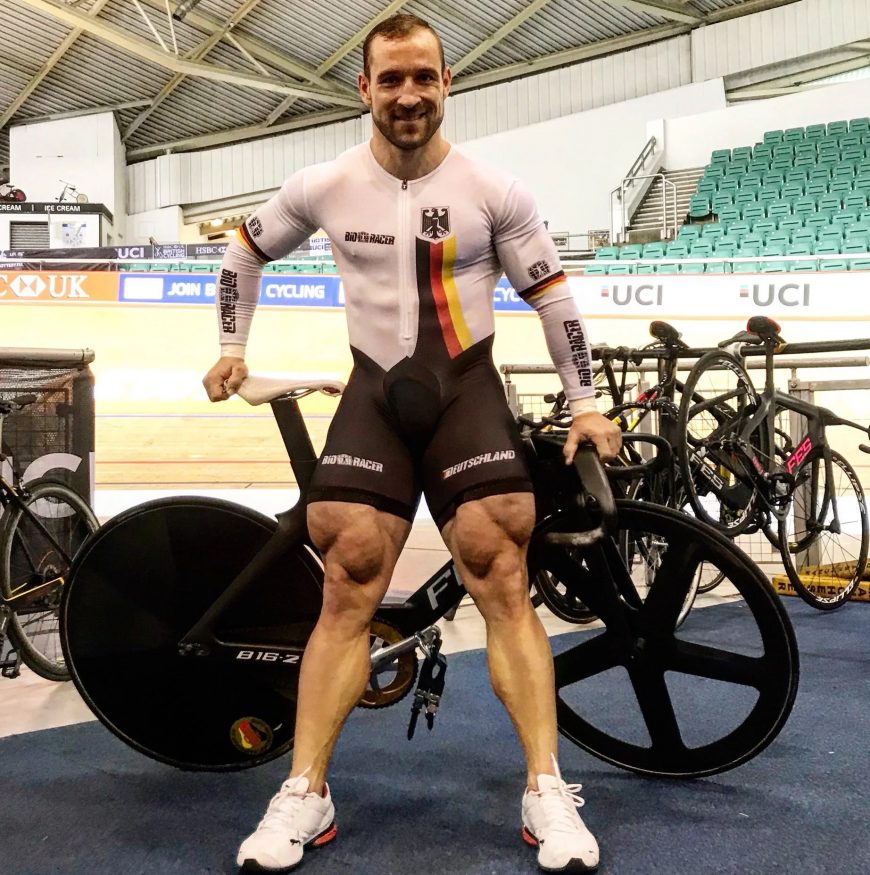Biking as a Low-Impact Exercise for Leg Muscle Development
Biking has gained popularity as a low-impact exercise that offers numerous health benefits, including leg muscle development. This form of exercise is accessible to individuals of varying fitness levels due to its lower risk of injury compared to high-impact activities. By incorporating biking into a well-rounded fitness routine, one can effectively target and strengthen multiple leg muscles.
The Science Behind Muscle Growth and Biking
The process of muscle growth, also known as muscular hypertrophy, occurs when the muscle fibers are subjected to stress and damage, followed by a recovery period. During this recovery, the muscle fibers repair and grow, resulting in increased muscle size and strength. Biking, as a form of resistance training, contributes to this process by repeatedly engaging and challenging the leg muscles.
Muscle fibers are categorized into two primary types: Type I, or slow-twitch fibers, and Type II, or fast-twitch fibers. Slow-twitch fibers are responsible for endurance activities, while fast-twitch fibers are involved in powerful, explosive movements. Biking can effectively target both types of fibers, depending on the intensity and duration of the exercise. As a result, biking can enhance leg muscle development by stimulating the growth of various muscle fiber types.
The adaptation process plays a crucial role in muscle growth. When the body is exposed to new or increased physical stress, such as biking, it responds by adapting and strengthening the affected muscles. This adaptation process involves several factors, including increased muscle protein synthesis, improved neuromuscular efficiency, and enhanced blood flow. By consistently challenging the leg muscles through biking, one can facilitate muscle growth and development over time.
Primary Leg Muscles Targeted During Biking
Biking targets several major muscle groups in the legs, providing a comprehensive lower-body workout. The primary leg muscles engaged during biking include the quadriceps, hamstrings, glutes, and calf muscles. Understanding the anatomy and function of these muscles can help individuals maximize their leg muscle development through biking.
Quadriceps
The quadriceps, or quads, are a group of four muscles located at the front of the thigh. The primary function of the quads is to extend the knee and assist in hip flexion. During biking, the quads are engaged as you push down on the pedals, making them a primary target during this exercise.
Hamstrings
The hamstrings are a group of three muscles located at the back of the thigh. They are responsible for knee flexion and hip extension. As you pull up on the pedals during biking, the hamstrings assist in this movement, contributing to leg muscle development.
Glutes
The glutes, or buttocks muscles, are composed of the gluteus maximus, gluteus medius, and gluteus minimus. These muscles are responsible for hip extension, abduction, and external rotation. During biking, the glutes are engaged as you push down and pull up on the pedals, making them a key player in leg muscle development.
Calf Muscles
The calf muscles, located at the back of the lower leg, consist of the gastrocnemius and soleus muscles. These muscles are responsible for plantar flexion, or pointing the foot downward. While biking, the calf muscles assist in pulling the pedals up, contributing to their development and strength.
How to Enhance Leg Muscle Building Through Biking
Biking offers a fun and effective way to build leg muscles, and incorporating specific techniques can maximize muscle development. To enhance leg muscle building while biking, consider the following actionable tips:
Adjust Resistance
To challenge your leg muscles and stimulate growth, increase the resistance on your bike. This can be done by shifting gears to a harder setting or using a stationary bike with adjustable resistance. A higher resistance will force your muscles to work harder, promoting muscle development.
Vary Your Cadence
Cadence refers to the number of revolutions per minute (RPM) of the pedals. To build leg muscles, aim for a lower cadence (60-80 RPM) and focus on generating power with each pedal stroke. This will engage your leg muscles more intensely, promoting muscle growth.
Incorporate Hill Climbs
Biking uphill engages the leg muscles more significantly than biking on flat terrain. Incorporate hill climbs into your biking routine to challenge your leg muscles and stimulate growth. If you’re using a stationary bike, increase the incline to simulate hill climbing.
Progressive Overload
To continue building leg muscles over time, gradually increase the difficulty of your biking workouts. This can be done by increasing resistance, duration, or intensity. Progressive overload ensures that your muscles are consistently challenged, promoting continued growth and development.
Cross-Training
Engaging in other forms of exercise, such as weightlifting or yoga, can complement your biking workouts and promote overall leg muscle development. Cross-training helps prevent overuse injuries and ensures that your muscles are challenged in different ways, promoting balanced growth and development.
Comparing Biking to Other Leg Muscle-Building Exercises
Biking is an effective leg muscle-building exercise, but it’s essential to consider how it compares to other popular exercises like weightlifting and running. Each exercise offers unique benefits and drawbacks, making a well-rounded exercise routine crucial for overall development and injury prevention.
Biking vs. Weightlifting
Weightlifting, a form of strength training, directly targets specific muscle groups, allowing for more targeted muscle development. Biking, on the other hand, provides a more holistic lower-body workout, engaging multiple muscle groups simultaneously. While weightlifting can lead to faster muscle growth in specific areas, biking promotes balanced development and offers the benefits of cardiovascular exercise.
Biking vs. Running
Running is a high-impact exercise that primarily targets the quadriceps, hamstrings, and glutes. While it can contribute to leg muscle development, it also places significant stress on the joints, increasing the risk of injury. Biking, being a low-impact exercise, offers similar leg muscle engagement without the same risk of joint stress or injury. However, running can improve cardiovascular health and burn more calories than biking at similar intensities.
The Importance of a Well-Rounded Exercise Routine
Incorporating various exercises into your workout routine can help ensure balanced muscle development, prevent overuse injuries, and maintain overall fitness. By combining the benefits of biking, weightlifting, and running, you can create a comprehensive exercise program that targets leg muscle development, cardiovascular health, and overall fitness.
Real-Life Examples: Success Stories of Leg Muscle Development Through Biking
Biking has helped numerous individuals build leg muscle and improve their overall fitness. Here are a few inspiring success stories that showcase the power of biking as a leg muscle-building exercise:
John’s Transformation
John, a 35-year-old office worker, decided to incorporate biking into his daily routine to combat a sedentary lifestyle. By biking to and from work, he gradually built leg muscle and improved his cardiovascular health. In just six months, John noticed a significant increase in leg strength and muscle tone.
Sarah’s Competitive Edge
Sarah, an avid runner, found that incorporating biking into her training routine helped her develop stronger leg muscles and improved her running performance. By alternating between running and biking workouts, she reduced the risk of injury and experienced enhanced endurance and power in her legs.
Mike’s Adaptive Approach
Mike, a seasoned cyclist, emphasizes the importance of periodization and progressive overload in his biking workouts. By regularly adjusting resistance, cadence, and hill climbs, he maintains consistent leg muscle development and prevents plateaus in his training. Mike’s adaptive approach to biking has led to impressive leg muscle growth and overall fitness improvements.
These success stories demonstrate that biking can indeed build leg muscles and contribute to overall fitness. By incorporating biking into a well-rounded exercise routine and focusing on progressive overload and periodization, individuals can experience significant leg muscle development and improved performance in various activities.
Potential Limitations and Considerations for Leg Muscle Building Through Biking
While biking is an effective way to build leg muscles, there are some limitations and considerations to keep in mind. Factors such as genetics, nutrition, and recovery play crucial roles in leg muscle development. By understanding these factors and implementing appropriate strategies, individuals can maximize their muscle-building potential and maintain progress.
Genetics
Genetics play a significant role in determining an individual’s muscle-building potential. Some people naturally have a higher proportion of fast-twitch muscle fibers, which are more prone to growth. However, this does not mean that individuals with a lower proportion of fast-twitch fibers cannot build leg muscle through biking. Consistency, progressive overload, and a well-rounded exercise routine can still lead to significant muscle development.
Nutrition
Proper nutrition is essential for muscle growth and recovery. Consuming adequate protein, carbohydrates, and healthy fats helps fuel workouts, repair muscle tissue, and promote muscle development. A balanced diet, tailored to an individual’s specific needs and goals, can significantly impact leg muscle growth and overall fitness.
Recovery
Adequate recovery is crucial for muscle growth and development. Allowing muscles time to rest and repair between workouts helps prevent injury and promotes muscle growth. Implementing strategies such as active recovery, stretching, and proper sleep can enhance recovery and contribute to long-term leg muscle development.
By addressing these limitations and considerations, individuals can build leg muscle through biking and maintain progress over time. Consistency, progressive overload, and a well-rounded exercise routine, combined with proper nutrition and recovery strategies, can lead to significant leg muscle development and improved overall fitness.
Maintaining Long-Term Leg Muscle Development Through Biking
Building leg muscle through biking is a rewarding process, but maintaining long-term development requires consistency, periodization, and regular assessments. By implementing these strategies, individuals can ensure continuous progress and avoid plateaus in their training.
Consistency
Consistency is key to long-term leg muscle development. Regular biking workouts, tailored to an individual’s specific goals and needs, help maintain muscle growth and prevent regression. Establishing a routine and sticking to it can lead to significant improvements in leg muscle strength and tone.
Periodization
Periodization involves strategically planning workout intensity, volume, and frequency to optimize muscle development and prevent plateaus. By varying these factors over time, individuals can continually challenge their muscles and promote growth. Implementing periodization in a biking routine can help maintain long-term leg muscle development and overall fitness.
Regular Assessments
Regularly assessing progress is essential for maintaining long-term leg muscle development. Periodic evaluations of strength, endurance, and muscle tone can help identify areas for improvement and inform adjustments to the biking routine. By tracking progress and making data-driven decisions, individuals can ensure their workouts remain effective and continue to promote muscle growth.
Lifelong Learning and Adaptation
Staying informed about the latest research and trends in biking and muscle development can help individuals optimize their workouts and maintain long-term progress. Embracing a lifelong learning mindset and adapting to new information and techniques can lead to continuous improvement and long-term success in leg muscle development through biking.
By focusing on consistency, periodization, regular assessments, and lifelong learning, individuals can maintain long-term leg muscle development through biking and enjoy the benefits of a strong, toned lower body. With dedication and persistence, biking can be an effective and enjoyable way to build and maintain leg muscle for years to come.







